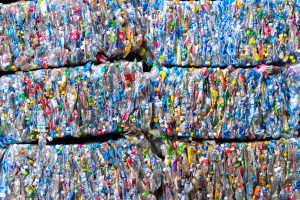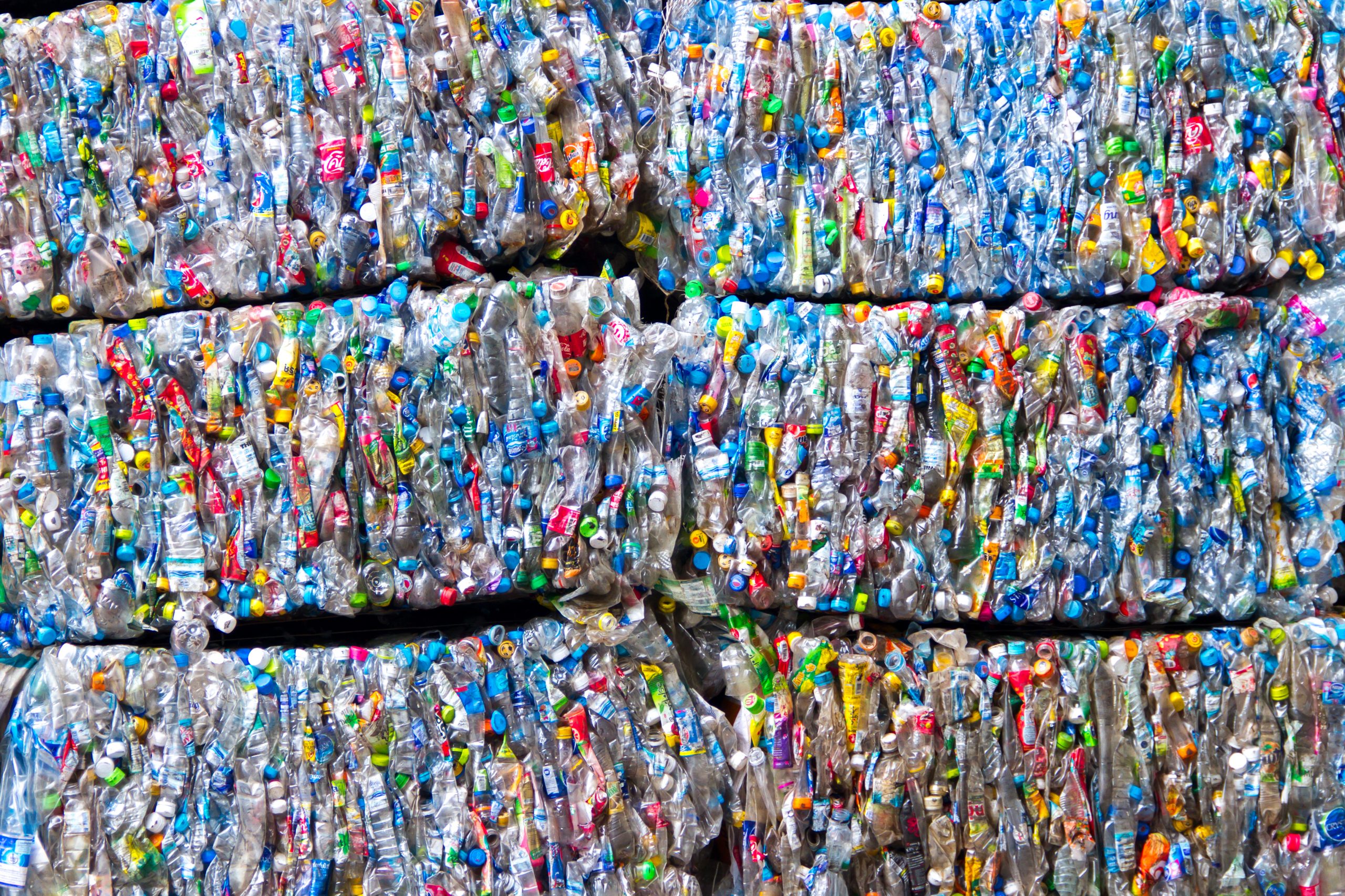The Economic Superorganism
C-THRU’s regular seminars continued in June with a presentation on “The Economic Superorganism” from Dr. Carey King. The goal for C-THRU series of presentations is to build further knowledge on multidisciplinary topics for team members to develop further collaborations.
Dr. King is Assistant Director of the Energy Institute and a Research Scientist at The University of Texas at Austin, focused on macroeconomic modelling to investigate how energy systems interact within the economy and environment as well as how our policy and social systems decision making is impacted by resource availability considering tradeoffs among various, often competing, factors.
Dr. King started his presentation by pointing out the different definitions of the economy. He emphasised that there are two different points of view among researchers in the natural and social science fields and his research tends to bridge this gap.
He introduced his existing economic model, HARMONEY (Human And Resources with MONEY), that indicates the interdependencies among resource extraction rate and depletion as well as the dynamics between the population, capital, and debt; and the distribution of money flows within the economy. Dr. King introduced the main four flows in the HARMONEY model as Nature Extraction, Nature Consumption, Goods Production, and Net Output and their interactions in the economy. He elaborated different definitions of cost (full cost and marginal cost) and their components of each. Then he continued his presentation by focusing on some parts of economic model results considering different cost scenarios.
Dr. King highlighted Jevons Paradox and how HARMONEY model results support this theory given that higher profits cause an increase in investment and increasing energy efficiency clearly increase natural resource depletion. Last but not least, he pointed out one of his main technical contributions by explaining the comparison between the economic growth and biological growth and how the results from the HARMONEY model mimic the same trend.
The current HARMONEY model includes three sectors (Goods, Regenerative and Fossil sectors) and Dr. King and his research team are working on extending the number of sectors by adding the petrochemical sector and the electricity generation sector to support strategic policy and business decision-making.
Further reading on the HARMONEY model can be found here.
Further information about King’s book The Economic Superorganism can be found here.
Photo credit: Parrish Freeman






